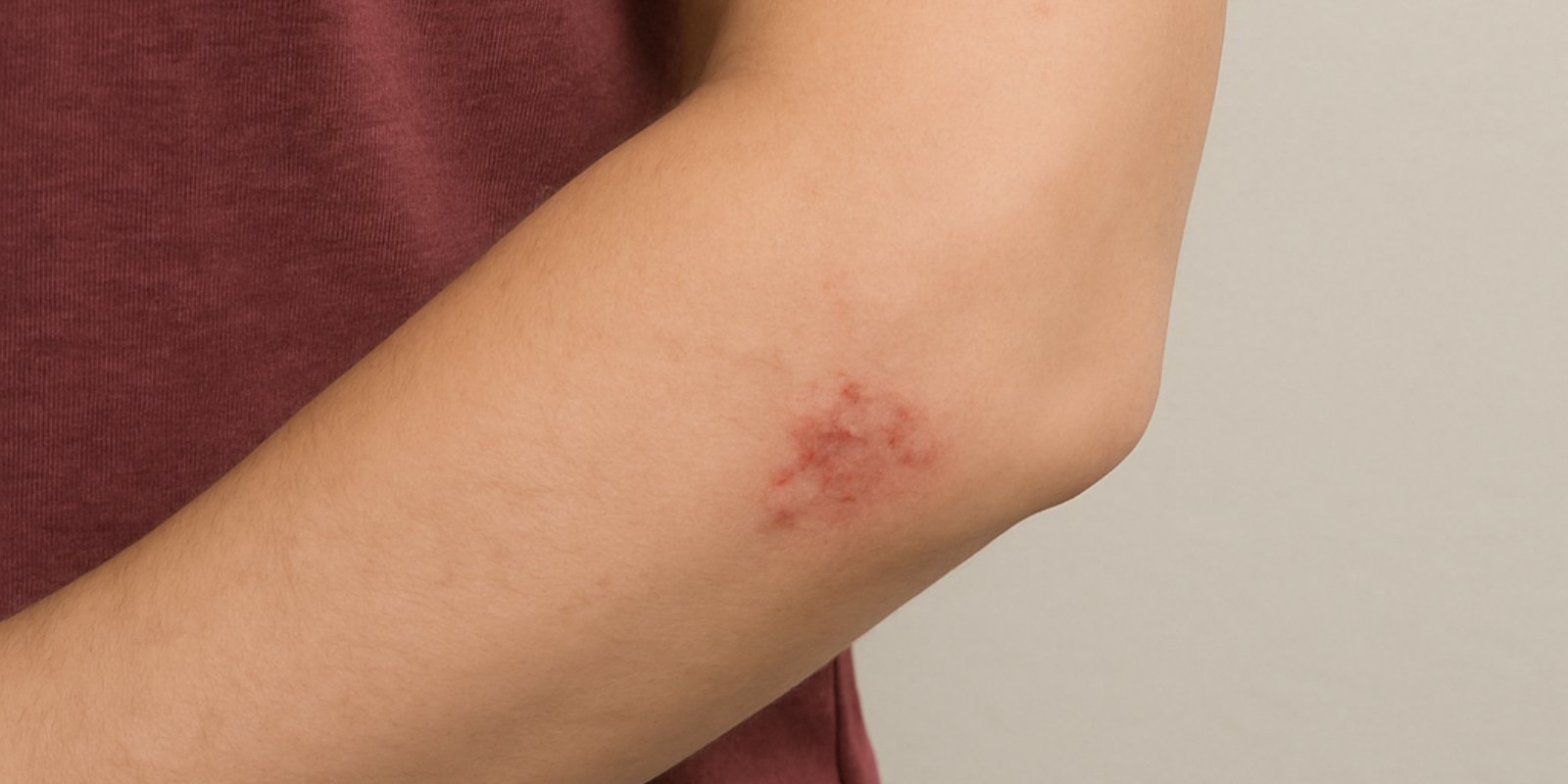Strict gluten-free diet represents the basic measure, with an essential role in preventing recurrences and long-term improvement. In acute phases, the doctor may recommend systemic medications (such as dapsone) to reduce inflammation and itching. As an adjunct, prescription-only medications may be used topical magistral preparations what can contain:

